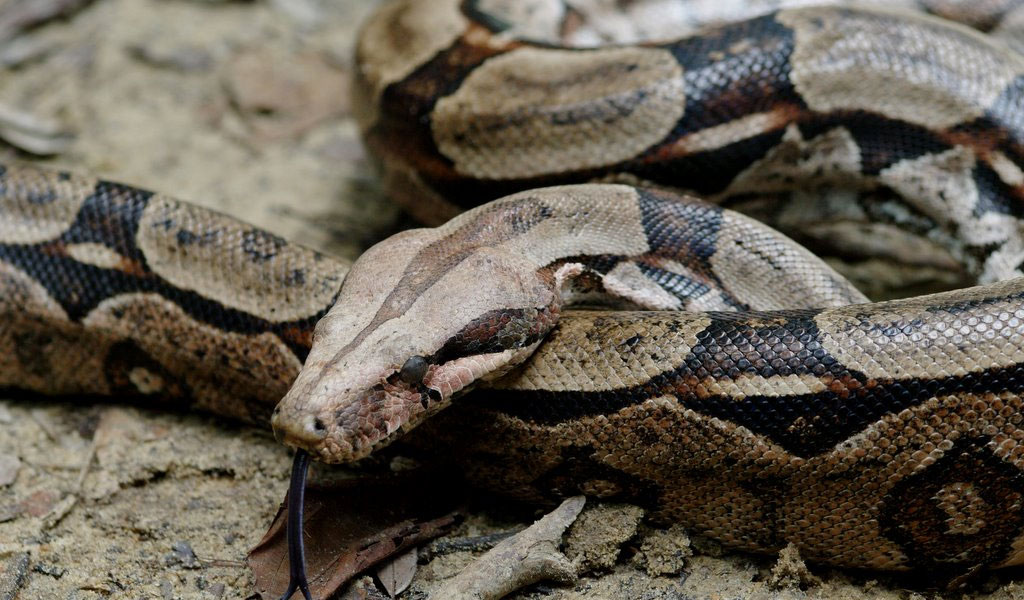Vladimir Dinets, a professor at the University of Tennessee, discovered that in a particular environment, snakes join in packs to hunt down their prey.
The study was published in the journal Animal Behavior and Cognition, where Dinets described his observations on his stay at the Desembarco del Granma National Park in Cuba. Despite hunting together, the Cuban boas (Chilabothrus angulifer) studied by Dinets did not live in each other’s company when they were not hunting.

Snakes are not so solitary after all
Vladimir Dinets stayed at the Desembarco del Granma National Park for eight days. He camped near a cave where nine different boas lived inside. Dinets learned to differentiate one from the other due to their skin markings. Additionally, he is an expert in snakes.
The snakes hunted by climbing the walls and hanging from the ceiling to catch unsuspecting bats as they flew between chambers inside the cave. Dinets sat in almost complete darkness, recording how the snakes interacted with each other and what parts of the cave they visited at different times of the day. He made notes of how often would a snake catch a bat, and when another would help in the process, additionally, he recorded which particular snake was able to catch a bat.

After a couple of days, Dinets saw that only a few snakes hunted on their own, which was then associated with a lower chance of catching bats. Three snakes working together could catch one bat per snake in seven minutes, but the other snakes would stop hunting for bats whenever one of them had caught one.
A lonely snake, on the other hand, was able to catch a bat in 19 minutes. Furthermore, more snakes hanging from the ceiling would make up some “fence,” making it harder for bats to go by without warning.
Additionally, the boas were able to learn when the bats would start to fly through the cave passage, allowing them to preemptively take their positions hanging from the ceiling. In average, the boas arrived between 10 and 30 minutes before the beginning of bat flight and 20 to 60 minutes before they returned from outside the cave. A total of 16 bat hunting sessions were observed by Dinets.
Dinets described the cooperation of snakes to be based on how each one is aware of the position and actions of its comrades, rather than simply gathering in the same area due to an abundance of prey or other external factors. He writes that coordinated hunting is a sample of an augmented behavioral complexity because it usually increases the probability of securing a prey, although this is not always true of every species. Dinets cites the example of packs of gray wolves, as their hunting practices do not necessarily increase food availability per member of the pack.
The study cites other examples of reptiles hunting in coordination, but digresses in the fact that this is the first time such a scientific study has been published.
Source: Popular Science
